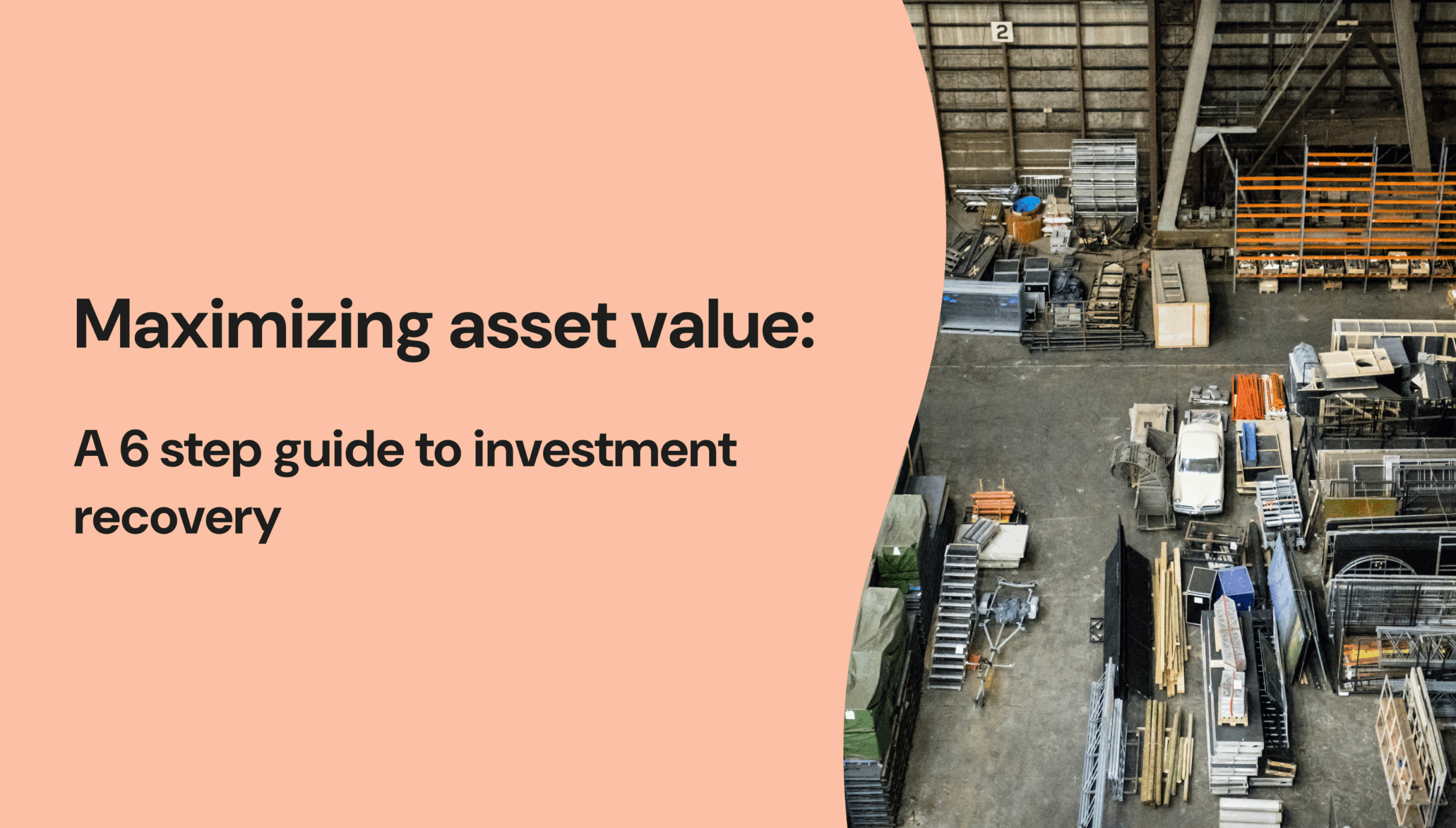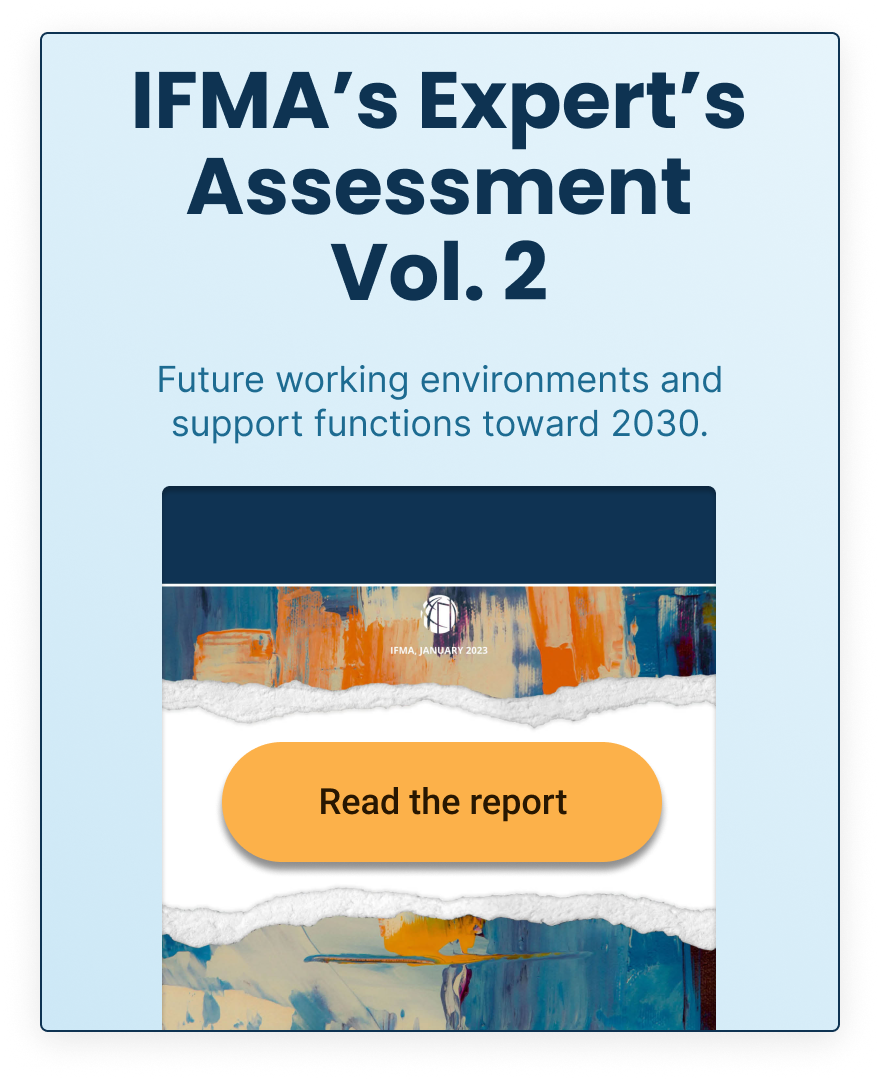Maximizing Asset Value: 6 Step Guide to Investment Recovery

Discover how investment recovery helps organizations unlock hidden value by repurposing surplus assets and materials. Tailored for facility and asset management professionals, this blog provides actionable strategies to reduce waste, cut costs and enhance sustainability efforts.


